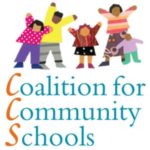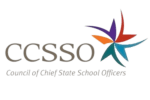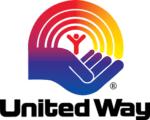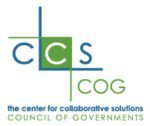After School Administration
In research posted in April 2024, Afterschool Alliance presents survey findings showcasing 1,116 participating after school providers. These findings suggest that after school programs do support learning recovery post-COVID19, but continue to struggle with staffing and program costs.
While state and federal funding have helped to alleviate the challenges associated with cost, the diminishing funding may impact current staffing (reduction of personnel) and programming (reduction in program offerings), reducing access for at-promise children who need it.
IDEAS Empowered by Youth® PBL Curricula is a pioneering approach to youth education, ideally tailored for today’s rapidly evolving, technologically-driven, and globally connected world. The Curriculum Fundamental Training prepares educators to present PBL curricula for students. By preparing educators to instill a culture of self-directed learning, it emphasizes crucial skills that today’s youth require: effective communication, collaborative learning, creativity, critical thinking, and emotional intelligence.
The Registration Workbook is an interactive and printable guide to help you manage your planning for each registration period. This workbook is intended to help you set goals, take notes and check off tasks. As you work through, keep in mind that this is a marathon, not a sprint. This workbook is designed to be flexible enough to fit to your pace, district size and program management technology. If possible, delegate and empower your team with some of the tasks outlined in the workbook.
The United States Department of Education establishes policies on federal financial aid for education, and distribution and monitoring of those funds. In addition, the department collects data of America’s schools and disseminates research. The website contains information for educators, students, parents, and administrators.
The Coalition for Community Schools is an alliance of national, state and local organizations in education K-16, youth development, community planning and development, family support, health and human services, government and philanthropy as well as national, state and local community school networks. They seek to mobilize the resources and capacity of multiple sectors and institutions to create a united movement for community schools.
The Council of Chief State School Officers (CCSSO) is a nonpartisan, nationwide, nonprofit organization of public officials who head departments of elementary and secondary education. CSSO provides leadership, advocacy, and technical assistance on major educational issues. Site provides access to a number of different newsletters including “Language, Culture, and Equity,” “Reading and Writing Improvement,” and “Innovation Quarterly.”
This program is dedicated to getting students to finish high school and cut the drop out rate in half by 2018, in order to do so they have many resources about out of school time to strengthen in school time.
This foundation creates a template on how to create a quality after school program and what it will cost. There are also grant opportunities and many resources on the website.
A PDF file that includes helpful strategies around the barriers of creating a good after school program.
Wellesley centers for women program to help ensure that all kids have access to out-of-school time programs. NIOST is an action-research institute that provides a national perspective on issues the out-of-school time field is facing.
The Child Care Bureau, Office of Family Assistance, supports low-income working families with information on financial assistance and promotes children’s learning by improving the quality of education and afterschool programs.
CCS specializes in Labor-Management Services and Afterschool Services. CCS has designed and implemented a Healthy Behaviors Initiative to assist in building exemplary practices in nutrition and physical fitness for out-of-school time programs.









